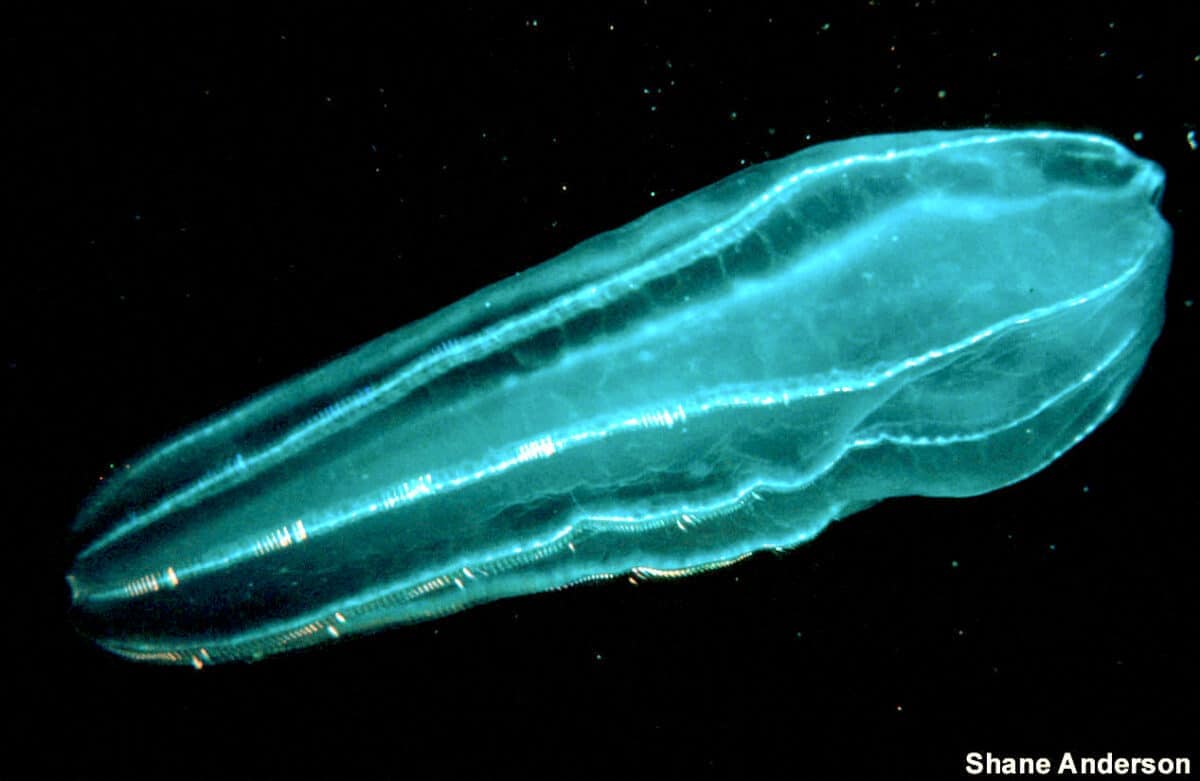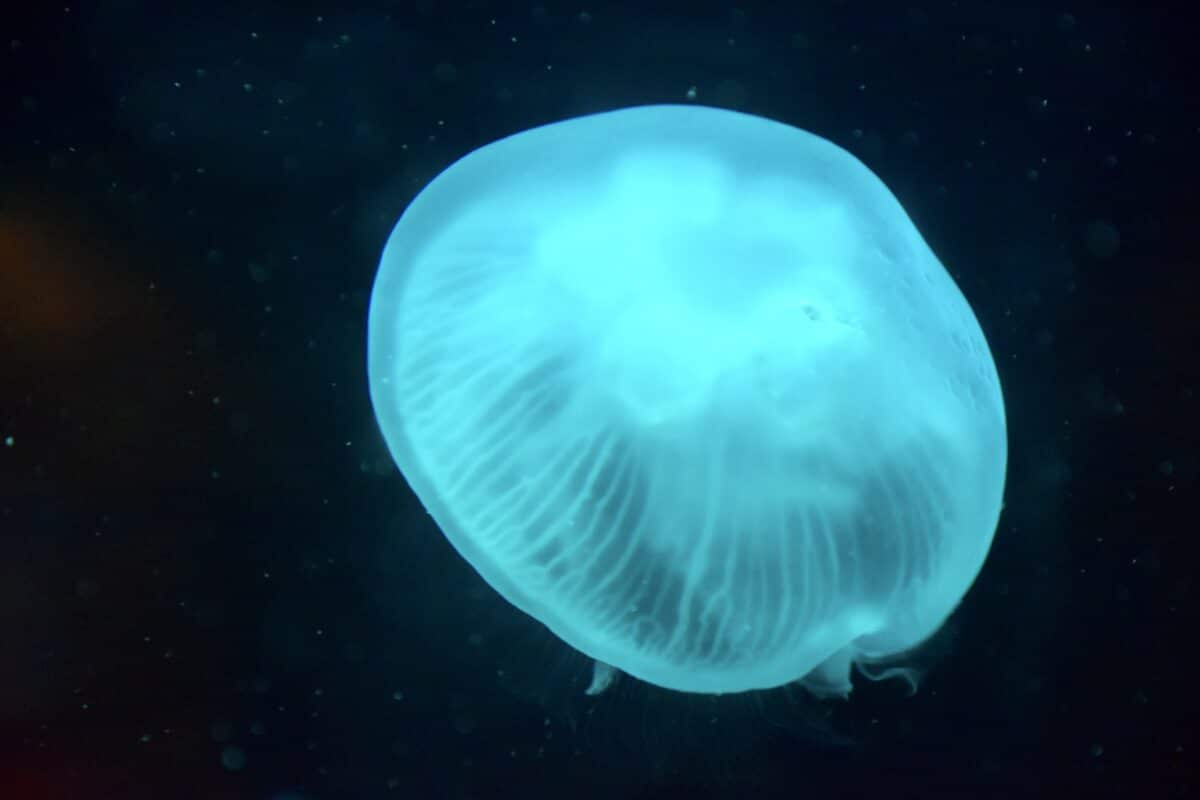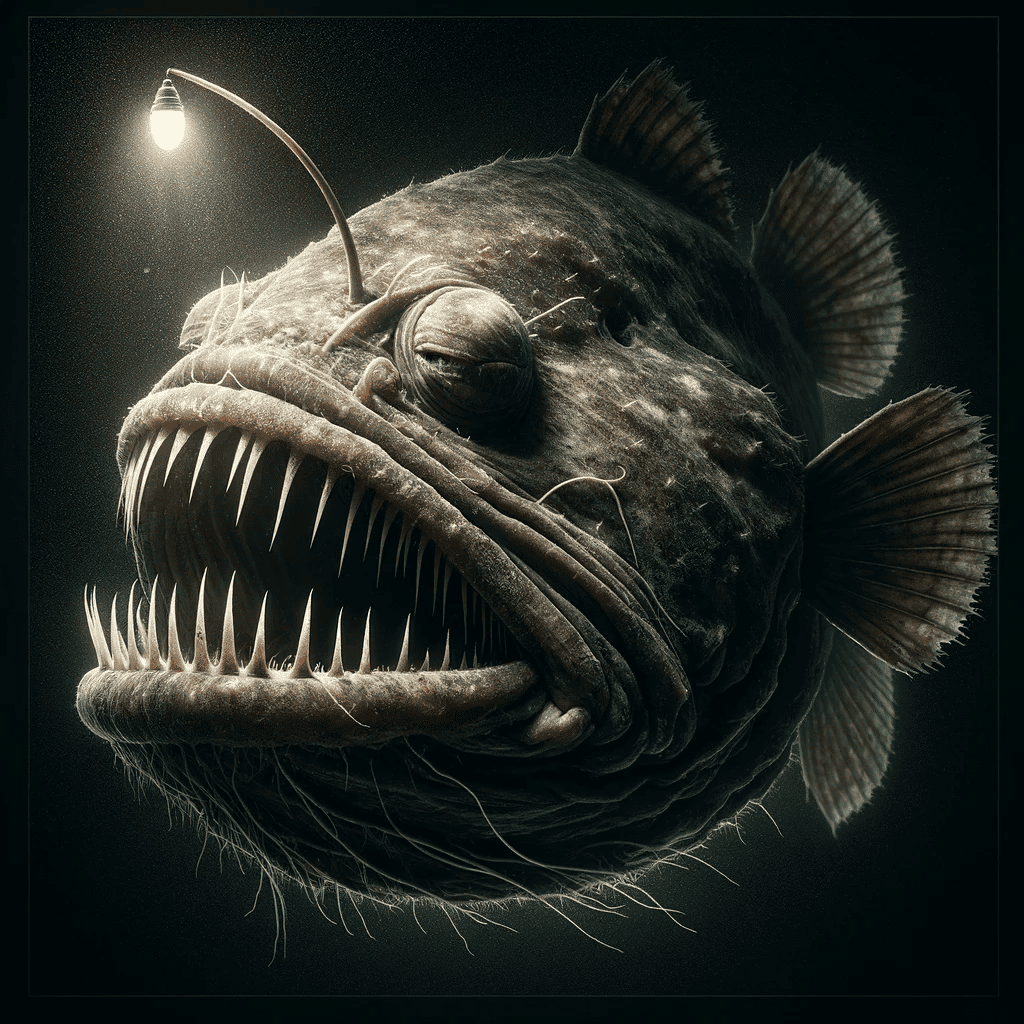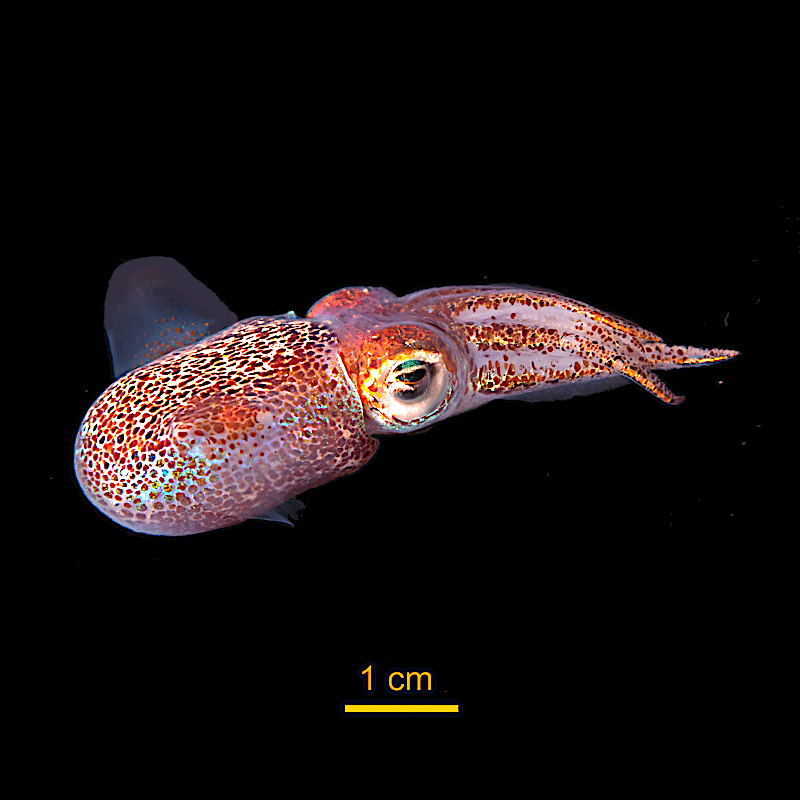Bioluminescence refers to the ability of living organisms to produce and emit their own light. This phenomenon occurs through a chemical reaction that involves the enzyme luciferase acting on a light-producing molecule known as luciferin. This reaction, which typically requires oxygen, produces light emission. Other elements like calcium and ATP may also play a role in this process.
Various life forms, ranging from certain bacteria and fungi to algae, marine species like jellyfish, crustaceans, and fish, as well as some land-dwelling creatures like fireflies, exhibit bioluminescence. The emitted light often appears blue or green, which are colors that travel more effectively through water.

Bioluminescence serves several functions in nature, including:
- Attracting Prey: Some species use bioluminescence to draw in their food.
- Protection: It can act as a mechanism to ward off predators or to create confusion during an attack.
- Social Interaction: Many organisms use bioluminescent signals for communication, particularly for mating.
- Camouflage: Some marine animals use bioluminescence for counter-illumination, helping them blend with light from above and avoid detection.
This remarkable ability is an evolutionary trait that has developed independently in various groups of organisms. It is particularly common among deep-sea creatures, aiding their survival in the pitch-black environments of the ocean depths.

Firefly Squid (Watasenia scintillans)
The Firefly Squid, found in the Western Pacific Ocean, particularly around Japan, is known for its spectacular underwater light shows. These small squids, about 3 inches in length, use photophores on their bodies to produce light for communication, attracting mates, and deterring predators. They are a popular attraction during spawning season in Toyama Bay, Japan.

Anglerfish
Anglerfish, inhabiting deep-sea environments worldwide, are known for their bioluminescent lure used to attract prey. Exhibiting extreme sexual dimorphism, the larger females possess the luminescent lure, while the much smaller males attach to females for reproduction. The male fuses to the female, sharing circulatory systems in a unique reproductive method.

Vampire Squid (Vampyroteuthis infernalis)
The Vampire Squid lives in extreme deep-sea environments and is not a true squid but shares characteristics with both squids and octopuses. It produces disorienting flashes of light using photophores and feeds on marine detritus through suspension feeding. Its defense mechanism includes inverting its caped arms to reveal spiny projections.

Dinoflagellates
Dinoflagellates are single-celled organisms found in marine and freshwater environments. Many species are bioluminescent and responsible for red tides, which can be harmful to marine life and humans. They play a significant role in marine ecosystems as primary producers and form symbiotic relationships with coral reefs.

Crystal Jelly (Aequorea Victoria)
Aequorea Victoria, a bioluminescent jellyfish found off the west coast of North America, is known for its transparent appearance and radial symmetry. It produces blue light, converted to green by the green fluorescent protein (GFP), used extensively in scientific research. It feeds on small marine organisms and contributes to the marine food web.

Hawaiian Bobtail Squid (Euprymna scolopes)
The Hawaiian Bobtail Squid, found in the central Pacific Ocean around the Hawaiian Islands, forms a symbiotic relationship with bioluminescent bacteria (Aliivibrio fischeri) in its light organ. It uses bioluminescence for counter-illumination to mask its silhouette from predators and feeds on small marine organisms like shrimp. This squid is a model organism for studying animal-bacterial symbiosis.

Lanternfish
Lanternfish, or myctophids, are small mesopelagic fish belonging to the large family Myctophidae, found in oceans worldwide. They are known for their conspicuous use of bioluminescence. Lanternfish are among the most widely distributed, diverse, and populous vertebrates, with a significant global biomass. They typically have a slender, compressed body, large eyes, and a large terminal mouth. Lanternfish are known for their diel vertical migrations, where they remain deep in the ocean during the day and rise to the surface at night to feed on plankton. Their photophores emit weak blue, green, or yellow light in species-specific patterns used for communication and camouflage. Lanternfish are a major source of food for many marine animals and play an important role in the food chain of local ecosystems.

Cookiecutter Shark
The Cookiecutter Shark uses bioluminescence in a unique way to attract prey much larger than itself. This small shark, typically around 20 inches in length, produces bioluminescence on its ventral side (underside) through tiny light-producing organs called photophores. The photophores surround the scales of the body except for a dark, banded area around the mouth, known as the “dog collar,” which doesn’t produce light. The light produced by the Cookiecutter Shark is constant and does not increase or decrease with agitation or friction. The shark’s bioluminescence is used for counterillumination, a strategy to hide its silhouette from predators by blending into the lighter background above.
The dark “dog collar” around the shark’s neck acts as a lure, resembling the silhouette of a small fish when the rest of the shark’s silhouette is broken up due to bioluminescence. When Cookiecutter Sharks travel in schools, they create the deception of a school of fish, attracting larger prey. The prey, mistaking the dark collar for a small fish, approaches and becomes the shark’s target. The Cookiecutter Shark then latches onto the prey and removes a circular chunk of flesh. This bioluminescence strategy allows the shark to conserve energy by attracting prey to itself rather than actively hunting.

Ctenophora (Comb Jellies)
Comb Jellies, belonging to the phylum Ctenophora, are known for their beautiful bioluminescent displays. These marine invertebrates use bioluminescence primarily for defense and predation. The light produced by comb jellies can be used to startle or distract predators, as well as to attract prey. The bioluminescence in comb jellies is generated through a chemical reaction and is often triggered by physical stimulation, such as touch or movement in the water. The light display can vary in color and intensity, adding to the mesmerizing effect these creatures have in the ocean’s depths.
Bioluminescence in these marine organisms is a fascinating natural spectacle and plays a crucial role in their survival and ecological interactions in the ocean’s depths.

You might also enjoy:
Cape Town’s Unexpected Visitor: A Juvenile Whale Shark
Divers Rescue Five Whale Sharks Trapped In Fishing Nets
Fearless Man Balances On Whale While Sharks Feed On It
Join our Forum for free today!

- The Bond Between a Wild Baby Bison and Her Rescuer - July 20, 2024
- An Excited Husky’s First Ever Time in Snow - July 20, 2024
- Top 20 Colorful Species To Brighten Your Day - July 14, 2024

